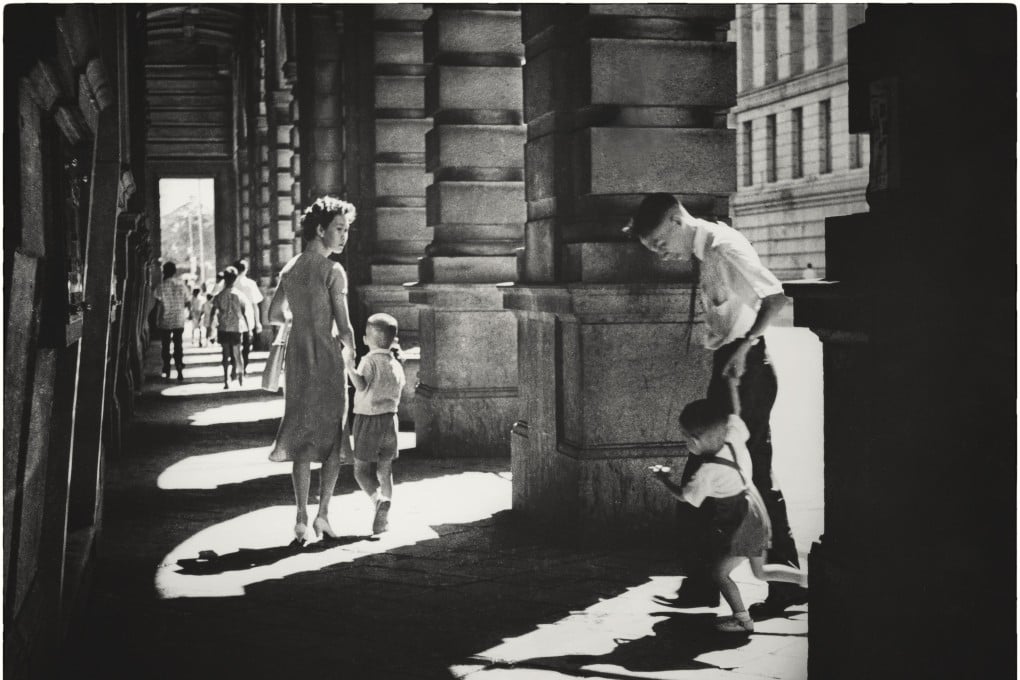Images of old Hong Kong, as seen through the lens of photographer James Chung
Arriving in Hong Kong from China in 1947, Chung captured some of the most arresting pictures of the city ever taken. His son, Stanley, reflects on his legacy

When Chung Man-lurk, popularly known as James, arrived in Hong Kong from China, in 1947, he would stare wide-eyed, puffing on a cigarette, at the tireless comings and goings of the British colony.
Every morning, from his home in Wan Chai, he could hear the distant cries of people haggling in the markets. Outside, peddlers in button-down shirts hurried by, carrying food in baskets swinging from both ends of their shoulder poles. Occasionally, a debonair young man would walk past, turning heads in an English suit and shiny leather shoes.
It was all new to James: North Point’s four-storey tong lau buildings, with shops on the ground floor and living spaces above; the trams that connected the island’s thoroughfares from King’s Road to Des Voeux Road. Central’s Victorian architecture, all arched windows and rigid columns, left the village boy from Guangdong province “in a daze”, says his son, Stanley Chung Charn-kong, as he tells his late father’s story, in a Causeway Bay tea shop.
Chung Man-lurk was born in 1925, in a small riverside farming village called Langtou, known for producing mandarins and dried tangerine peel. As the Chinese civil war raged, his grandmother urged the 22-year-old to cross the border to try his luck, handing him two gold bars – enough to buy a flat and start a new life in Hong Kong.

After trekking for a week, crossing the Pearl River estuary on a boat packed with other mainlanders seeking refuge, Chung made his way to Wan Chai. There he traded the gold bars with an artist he knew through other Chinese immigrants in exchange for tutoring in art theory and Western painting.
“As he was learning from the artist, father also started his apprenticeship with an art department in a movie theatre, and began drawing and painting movie posters,” Stanley says.